Welcome pet owners, to a blog dedicated to keeping your furry friends looking their best! Pet grooming and maintenance are not just about appearances; they play a vital role in the overall health and well-being of our beloved companions. Whether you have a mischievous cat or an energetic dog, regular grooming is essential for their happiness and comfort.
In this comprehensive guide, we will explore the importance of pet grooming, the benefits it brings, and most importantly, the five essential pet grooming tools every pet owner should have. From brushing techniques to handling shedding and dealing with mats – we’ve got you covered! So let’s dive right into it and learn how to pamper your pets like a pro!
The Importance of Pet Grooming for Your Furry Friends
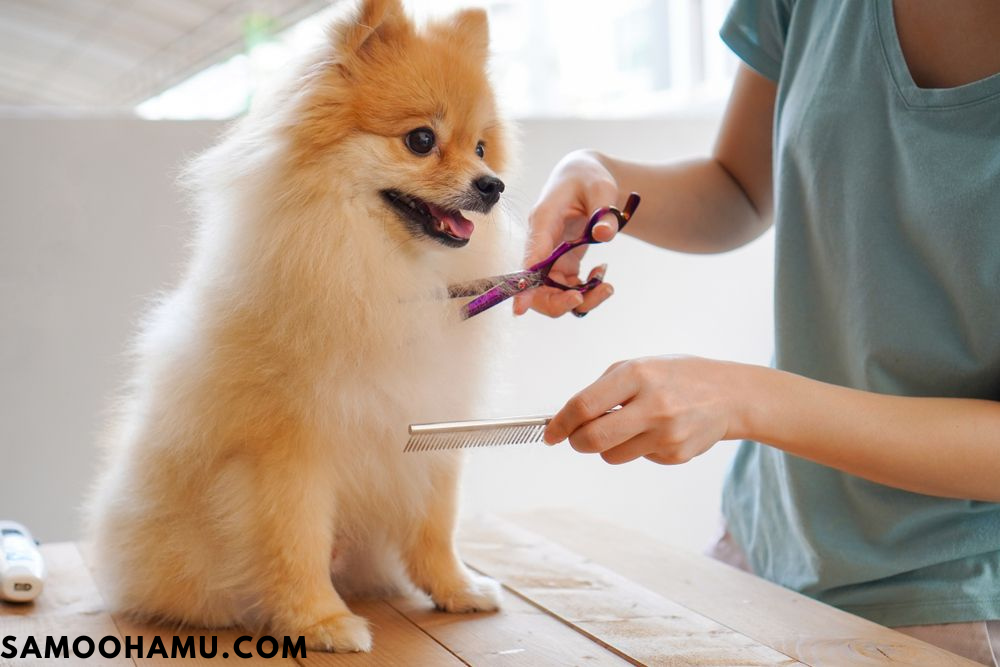
We all love our furry friends and want the best for them. That’s why pet grooming should be a top priority for any pet owner. Not only does regular grooming keep your pet looking their best, but it also plays a crucial role in their overall health and well-being.
Grooming helps to maintain a clean and healthy coat for your beloved companion. Brushing removes dirt, debris, and dead hair from the fur, preventing mats and tangles from forming. This is especially important for long-haired breeds that are more prone to these issues.
Regular grooming also allows you to check for any skin abnormalities or irritations that may require veterinary attention. By keeping an eye on your pet’s skin condition, you can catch potential problems early on and ensure they receive proper care.
In addition to maintaining their appearance, grooming sessions provide an opportunity for bonding between you and your furry friend. Most pets enjoy the attention and affection they receive during the grooming process, strengthening the bond between pet parent and fur baby.
Furthermore, proper grooming plays a vital role in managing shedding. Regular brushing helps remove loose hairs before they end up all over your furniture! It also stimulates natural oil production in the skin which promotes a healthier coat.
Routine nail trimming prevents overgrowth which can lead to discomfort or even injury when walking or playing. Keeping nails at an appropriate length ensures your pet stays active without experiencing pain or mobility issues.
Pet grooming is not just about aesthetics but about ensuring the well-being of our four-legged companions. So grab those essential tools we will discuss later on in this article because it’s time to pamper our furry friends!
Benefits of Regular Pet Grooming
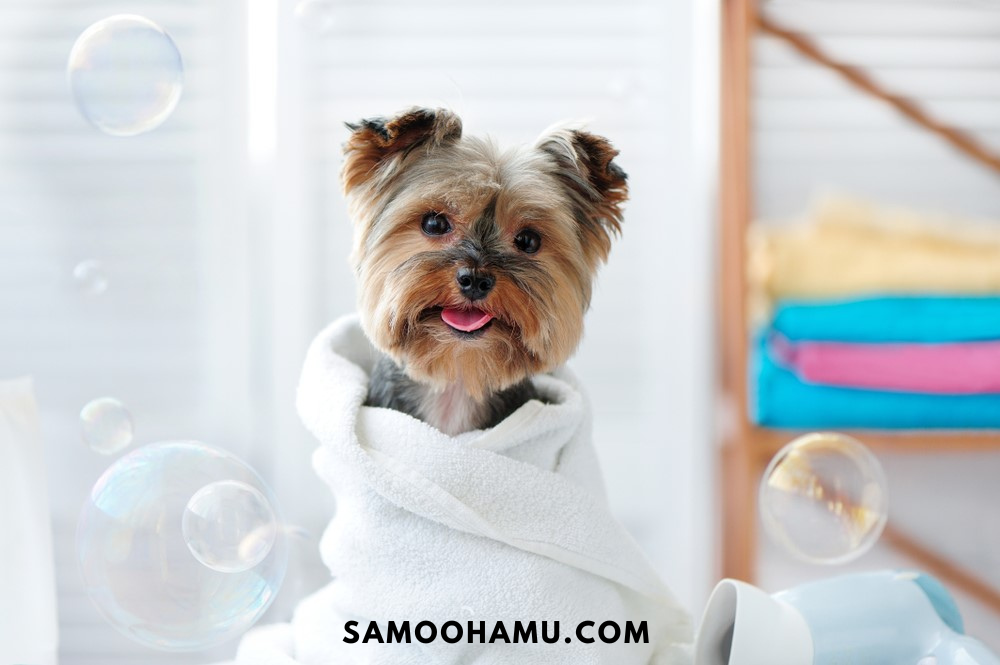
Regular pet grooming is not just about keeping your furry friend looking their best; it also offers a wide range of benefits for their overall health and well-being.
Regular grooming helps to maintain a clean and healthy coat. Brushing and combing removes dirt, debris, and dead hair from the fur, preventing mats and tangles from forming. This promotes better air circulation to the skin, reducing the risk of skin irritations or infections.
In addition to keeping their coat in top condition, grooming also allows you to check for any abnormalities or changes in your pet’s skin or body. By regularly examining them during grooming sessions, you can detect early signs of issues such as lumps, bumps, fleas/ticks infestation that might require medical attention.
Grooming also plays an important role in maintaining optimal hygiene for your pet. Regular baths help remove dirt and odor-causing bacteria from their fur while keeping them fresh-smelling. It is especially crucial for pets with oily coats or those prone to allergies as bathing helps alleviate itching and discomfort.
Furthermore, regular nail trimming is a vital part of pet grooming. Overgrown nails can cause pain when walking or running and may even lead to joint problems over time. Keeping your pet’s nails properly trimmed reduces these risks while ensuring they are comfortable on their paws.
Lastly but certainly not least, regular grooming provides an opportunity for bonding between you and your furry friend! Spending quality time together during brushing sessions creates trust and strengthens the bond between you both.
Remember that each pet has unique needs when it comes to grooming frequency based on factors like breed type (long-haired vs short-haired), activity level outdoors etc., so consult with your veterinarian or professional groomer if unsure how often they should be groomed!
By incorporating regular pet grooming into your routine care regimen,you’ll keep Fido feeling fresher,cleaner,and healthier all around!
Essential Pet Grooming Tools Every Pet Owner Should Have
Grooming your pet is not only essential for their appearance but also for their overall health and well-being. To ensure that you can keep your furry friend looking their best, it’s important to have the right grooming tools on hand. Here are four must-have tools every pet owner should invest in:
1. A high-quality brush: Brushing your pet regularly helps remove loose fur and prevents matting. Choose a brush that is suitable for your pet’s coat type, whether it be a slicker brush for long-haired breeds or a bristle brush for short-haired ones.
2. Nail clippers or grinders: Keeping your pet’s nails trimmed is crucial to prevent discomfort and potential injuries. Invest in nail clippers or grinders designed specifically for pets, making sure they are sharp and of good quality.
3. Ear cleaner: Regular ear cleaning is vital to prevent infections and build-up of wax or debris. Look for a gentle ear cleaner formulated specifically for pets’ sensitive ears.
4. Toothbrush and toothpaste: Just like humans, animals need regular dental care too! Get a toothbrush and toothpaste made specifically for pets to maintain their oral hygiene.
By having these essential grooming tools at home, you’ll be equipped to take care of your furry friend’s grooming needs between professional grooming appointments if necessary! Remember to always use these tools with care and patience, ensuring a positive experience while keeping them looking fabulous!
1. Brushing and Combing Techniques

Brushing and combing your pet’s fur is essential for maintaining a healthy and shiny coat. Not only does it help remove dirt and debris, but it also prevents tangles and mats from forming. Plus, the bonding experience between you and your furry friend during grooming time is priceless!
When it comes to brushing techniques, it’s important to choose the right brush for your pet’s specific coat type. For short-haired breeds, a bristle brush or rubber curry brush works wonders in removing loose hair and stimulating the skin. Long-haired breeds may require a slicker brush or an undercoat rake to tackle those pesky knots.
Start by gently running the brush through your pet’s fur in the direction of hair growth. Be sure to pay extra attention to areas prone to matting like behind the ears, underarms, belly, and tail. If you encounter any tangles or mats along the way, use a detangling spray or specialized mat remover tool to carefully work them out without causing discomfort.
Combing is equally important as it helps remove any remaining tangles while also keeping their coat smooth and shiny. Use a wide-toothed comb for long-haired pets and a fine-toothed one for shorter coats. Again, be gentle when combing through their fur so as not to cause any pain or stress.
Remember that each pet has different grooming needs based on their breed and individual characteristics! Regular brushing sessions will not only keep your furry friend looking fabulous but also promote good overall health by preventing skin issues such as hot spots or infections.
So grab those brushes today – your pet will thank you with endless cuddles!
2. Bathing Your Pet

Bathing your pet is an essential part of their grooming routine. While some pets may love splashing around in the water, others might need a little coaxing to enter the tub. Regardless of their preferences, it’s important to make bathing a positive and enjoyable experience for your furry friend.
Before you begin, gather all the necessary supplies: pet-friendly shampoo, towels, a non-slip mat for the tub or sink, and a brush or comb. Start by brushing your pet’s fur to remove any tangles or mats before wetting them.
Next, use lukewarm water to wet your pet thoroughly. Be careful not to get water in their ears or eyes as this can cause discomfort. Once they are wet, apply the appropriate amount of shampoo and lather it into their coat gently.
After rinsing off all the soap suds, wrap your pet in a towel and dry them off as much as possible before letting them shake off excess moisture themselves. Use another towel to continue drying them until they are mostly dry.
Remember that not all pets need frequent baths – over-bathing can strip their skin of essential oils and cause dryness. The frequency will depend on factors such as breed type and activity level.
By following these bathing tips and making it a positive experience for your furry friend, you’ll help keep them clean and fresh while maintaining a healthy coat!
3. Nail Trimming and Paw Care

When it comes to pet grooming, we often overlook the importance of nail trimming and paw care. Just like humans, pets need proper maintenance for their paws too! Long nails can cause discomfort and even lead to health issues in your furry friend. So, let’s dive into some tips on how to keep those paws looking their best.
First things first, invest in a good pair of nail clippers specifically designed for pets. Regular human clippers can crush the nails or hurt your beloved companion. Choose clippers with sharp blades that are suitable for your pet’s size.
Start by getting your pet comfortable with having their paws handled. Gently touch and massage their paws regularly so they become accustomed to the sensation. This will make the actual trimming process much easier.
When it’s time to trim the nails, be cautious not to cut too close to the quick (the sensitive part inside the nail). Trim small amounts at a time until you reach an appropriate length. If you’re unsure or nervous about doing it yourself, consult a professional groomer or veterinarian who can guide you.
In addition to regular nail trims, don’t forget about paw care! Check between your pet’s toes for any debris or foreign objects that might be causing discomfort. Cleaning gently with warm water can help remove dirt and prevent infections.
Consider using moisturizing paw balms or creams specially formulated for pets. These products help keep their pads hydrated and protected from dryness or cracking caused by harsh weather conditions.
By incorporating regular nail trimming and paw care into your pet grooming routine, you’ll ensure that they have healthy feet ready for any adventure!
Remember: always prioritize safety when handling sharp tools near your furry friend’s delicate paws!
4. Ear Cleaning
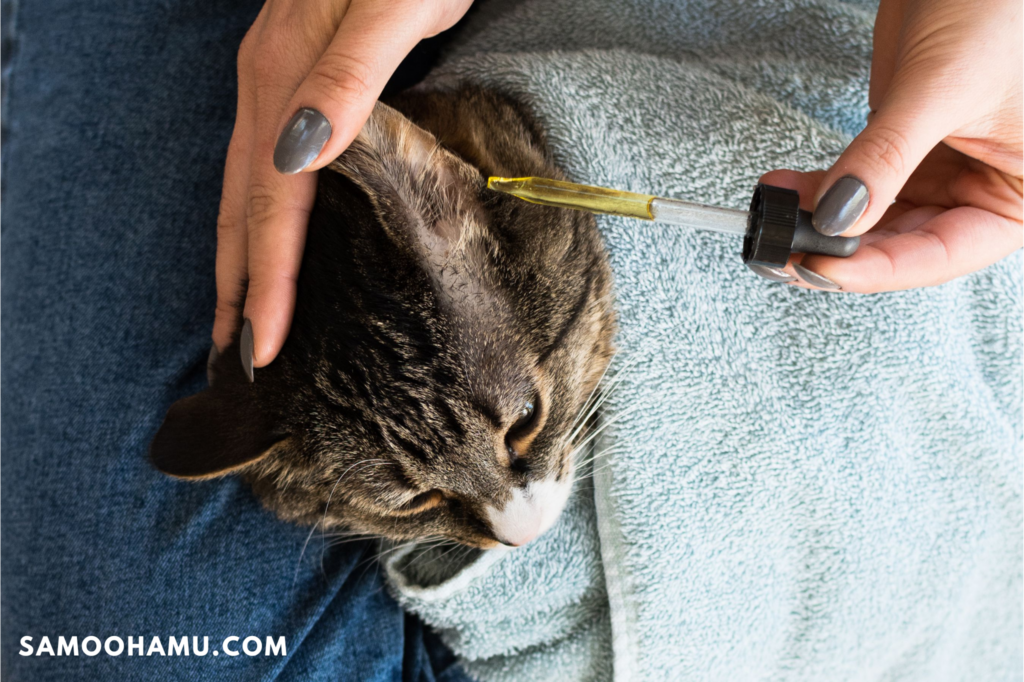
Proper ear cleaning is an important part of pet grooming and maintenance. It helps prevent infections, removes wax buildup, and keeps your furry friend comfortable. However, it’s crucial to approach this task with caution and care.
To begin the process, gently hold your pet’s head still and inspect their ears for any signs of redness, discharge or odor. If you notice anything unusual, it’s best to consult a veterinarian before proceeding.
Next, choose an appropriate ear cleaning solution specially formulated for pets. Avoid using cotton swabs or other sharp objects that can cause injury or push debris further into the ear canal.
Pour a small amount of the cleaning solution onto a clean cloth or cotton ball. Gently wipe around the outer surface of your pet’s ears, being mindful not to go too deep into the ear canal.
If there is excessive wax buildup or dirt in the inner crevices of the ear flap, you can use a gentle circular motion with your finger covered in a damp cloth to clean those areas.
Remember to reward your pet with praise and treats throughout the process to create positive associations with ear cleaning time.
By regularly maintaining your pet’s ears through gentle cleaning techniques like these ones mentioned above, you’ll help keep them happy and healthy!
5. Teeth Brushing

We all know the importance of dental hygiene for ourselves, but did you know that it’s just as crucial for our furry friends? Regular teeth brushing is an essential part of pet grooming and maintenance. Not only does it keep their breath fresh (no more stinky dog kisses!), but it also helps prevent gum disease, tooth decay, and other oral health issues.
To get started with teeth brushing, you’ll need a pet-specific toothbrush and toothpaste. Never use human products as they can be toxic to pets. Pet toothbrushes are designed with soft bristles to gently clean your pet’s teeth without causing any discomfort.
Introducing your pet to teeth brushing may take some patience and gradual acclimation. Start by letting them sniff and taste the toothpaste before gradually moving on to brushing their teeth. Be sure to praise them throughout the process so they associate positive experiences with dental care.
When brushing your pet’s teeth, focus on the outer surfaces first as these tend to accumulate more plaque and tartar buildup. Use gentle circular motions along the gumline for maximum effectiveness.
Make sure not to force your pet if they’re resistant or stressed during this process. It may take time for them to become comfortable with having their teeth brushed regularly. If necessary, consult with a veterinarian or professional groomer who can provide additional guidance on handling any anxiety or stress related to dental care.
Remember, maintaining good oral hygiene contributes not only to your pet’s overall health but also keeps those pearly whites shining bright! So why wait? Get that brush out and start taking care of those precious canine chompers today!
6. Dealing with Mats and Tangles
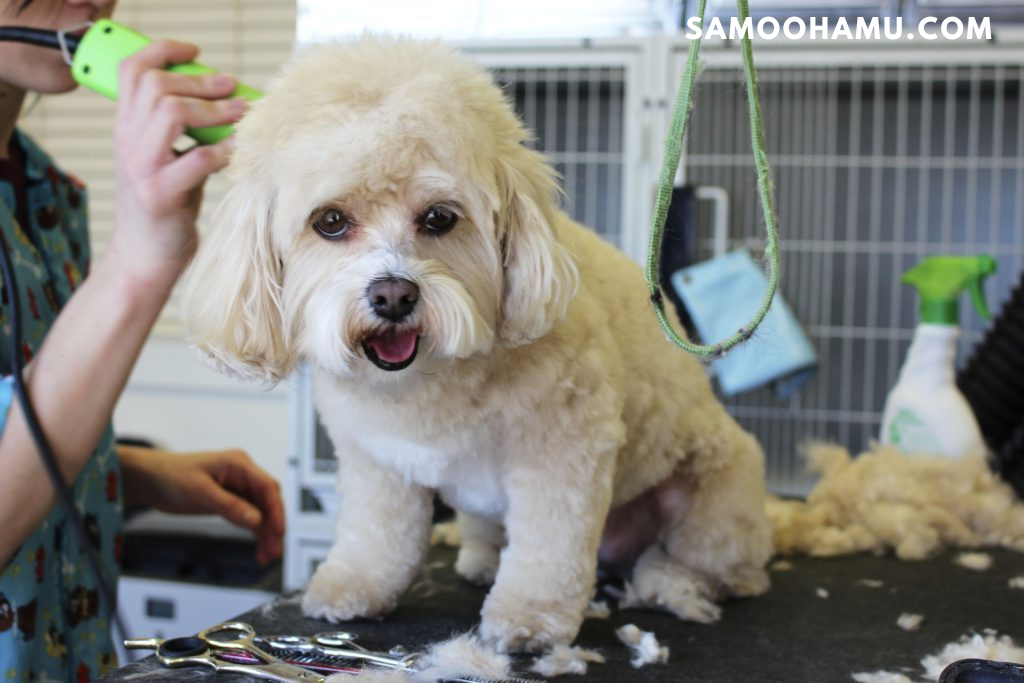
Ah, the dreaded mats and tangles! They can turn your pet’s beautiful fur into a knotty mess in no time. But fear not, pet owners! With the right tools and techniques, you can conquer those pesky mats and keep your furry friend looking fabulous.
First things first, prevention is key. Regular brushing is essential to prevent mats from forming in the first place. Depending on your pet’s coat type, you may need different types of brushes or combs. For long-haired breeds, a slicker brush or comb with wide-spaced teeth works wonders. Short-haired breeds may benefit from a rubber grooming mitt or bristle brush.
If your pet already has mats or tangles, approach them gently and patiently. Trying to yank them out forcefully will only cause discomfort for your furry friend. Start by using a detangling spray or conditioner to loosen the knots before carefully working through them with a comb or dematting tool.
Sometimes, stubborn mats might require some extra attention. In such cases, it’s best to seek professional help rather than risking injury to yourself or causing distress to your pet.
Remember that regular grooming sessions are crucial for preventing matting in hard-to-reach areas like behind the ears and under the belly. So make sure you set aside dedicated time each week for proper brushing and combing!
By staying proactive in tackling mats and tangles head-on, you’ll ensure that your pet’s coat remains healthy, shiny, and free from those pesky knots! So grab those grooming tools and show those tangled furballs who’s boss!
7. Handling Shedding
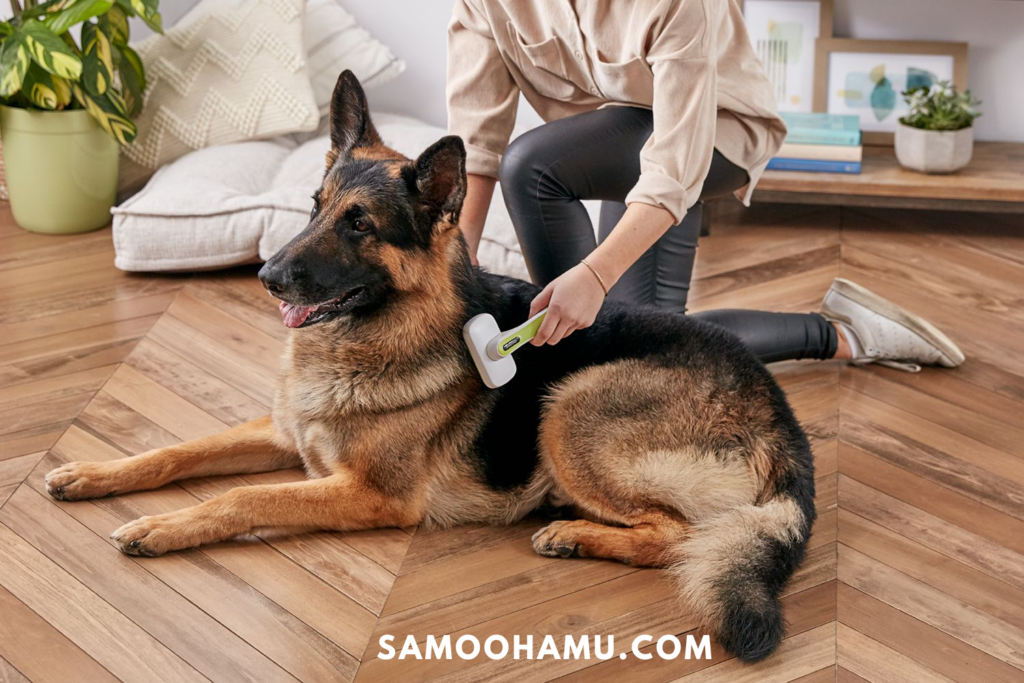
Shedding is a natural process for most pets, but it can be quite frustrating for pet owners. The constant battle against furballs and hair-covered furniture can feel never-ending! But fear not, because with the right tools and techniques, you can effectively manage shedding and keep your home looking clean and fur-free.
One essential tool every pet owner should have to tackle shedding is a deshedding brush or rake. These specialized brushes are designed to remove loose hair from your pet’s coat without damaging their skin. Regular brushing with a deshedding tool helps to loosen and remove dead hair before it has a chance to cling onto surfaces in your home.
Another handy grooming tool that can help with shedding is a rubber grooming mitt or glove. Simply slip on the mitt or glove and run your hand over your pet’s coat in long strokes. The rubber bristles will trap loose hairs, making them easier to remove.
In addition to regular brushing, using a high-quality shampoo formulated specifically for reducing shedding can also make a big difference. Look for shampoos that contain ingredients like oatmeal or omega-3 fatty acids, which help promote healthy skin and coat.
To further minimize shedding around the house, consider investing in washable covers for furniture or using lint rollers regularly on upholstery. Vacuuming frequently will also help pick up any stray hairs that may have found their way onto carpets or rugs.
Remember that some breeds shed more than others due to their specific coat types, so adjust your grooming routine accordingly if you have one of these high-shedding breeds.
By incorporating these tips into your pet grooming routine, you’ll be able to handle shedding more effectively while keeping both you and your furry friend happy!




